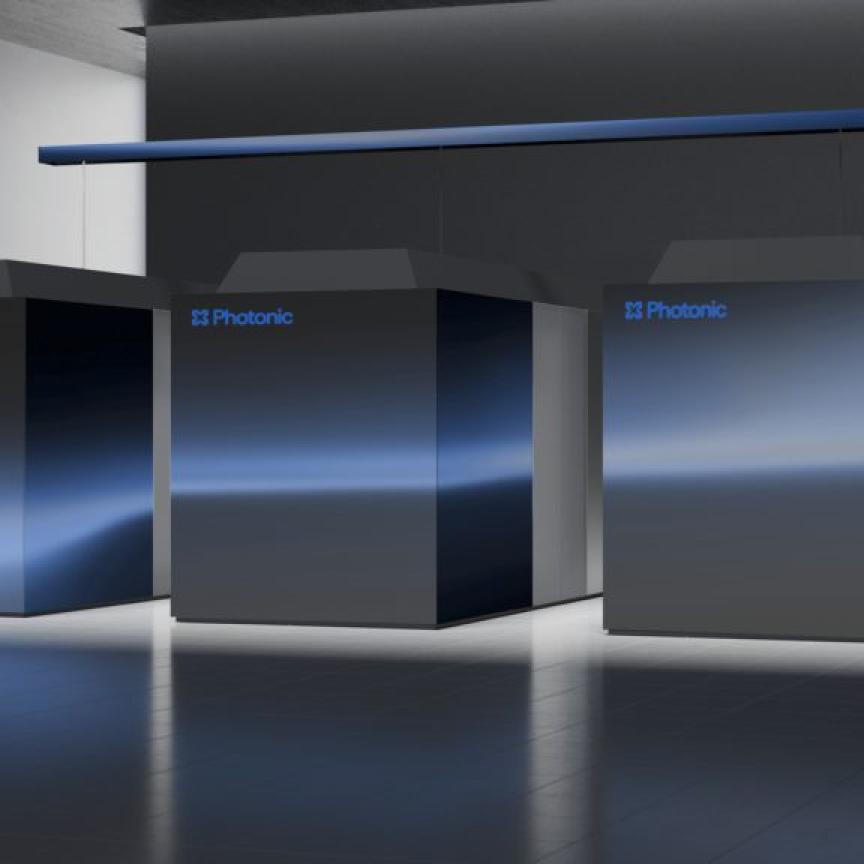Two visually stunning and scientifically captivating entries have won the Andor Insight Awards Scientific Imaging Competition. The winning entry in the Physical Sciences category was submitted by Dr Robert Marshall of Boston University and the winning entry in the Life Sciences category by Dr Satoshi Nishimura of the University of Tokyo.
Dr Marshall's entry is entitled 'Aurora breakup event at 50 frames per second', which details a geomagnetic sub-storm in the Earth's magnetic field lines. Acquired using an Andor Neo sCMOS camera in the United States, the short movie provides a significantly higher resolution view of auroral magnetic field lines at a much faster frame rate than ever previously captured. This data will allow unprecedented measurements of morphology of small-scale auroral structures.
Dr Nishimura of the Department of Cardiovascular Medicine at the University of Tokyo entered a series of confocal captures entitled 'Inflammatory cellular dynamics in obese adipose tissue revealed by in vivo imaging technique'. This imaging technique allows scientists to work at a cellular level and will provide the basis for future clinical usage of in vivo imaging for humans. It was captured using an Andor iXon3 EMCCD camera and a confocal spinning disk unit.
The winners were selected from a panel of expert judges from both life and physical science that included Dr David Jess of Queen's University, Dr Neil Ganem of the Harvard Medical School, Professor Stefan Diez of the Max Planck Institute of Molecular Cell Biology and Genetics (MPI-CBG), Dr Gábor Csúcs of the Institute for Biochemistry in Zürich, and Dr Donal Denvir from Andor Technology.
The Insight Awards focus on recognising the cutting edge research carried out by researchers using Andor Technology equipment in the fields of both physical and life sciences imaging. This year's entries utilised the full spectrum of Andor and Bitplane products including spectrographs, EMCCD and sCMOS cameras, confocal microscope systems and Imaris software.
'The visual impact and scientific value of this year's entries clearly highlights the cutting edge work being carried out by researchers using Andor's products,' said Dr Andrew Dennis, director of product management. 'The judge's selection of winners from both life and physical sciences provides an interesting insight into the significance and detail of the researcher's work across multiple scientific disciplines.'

